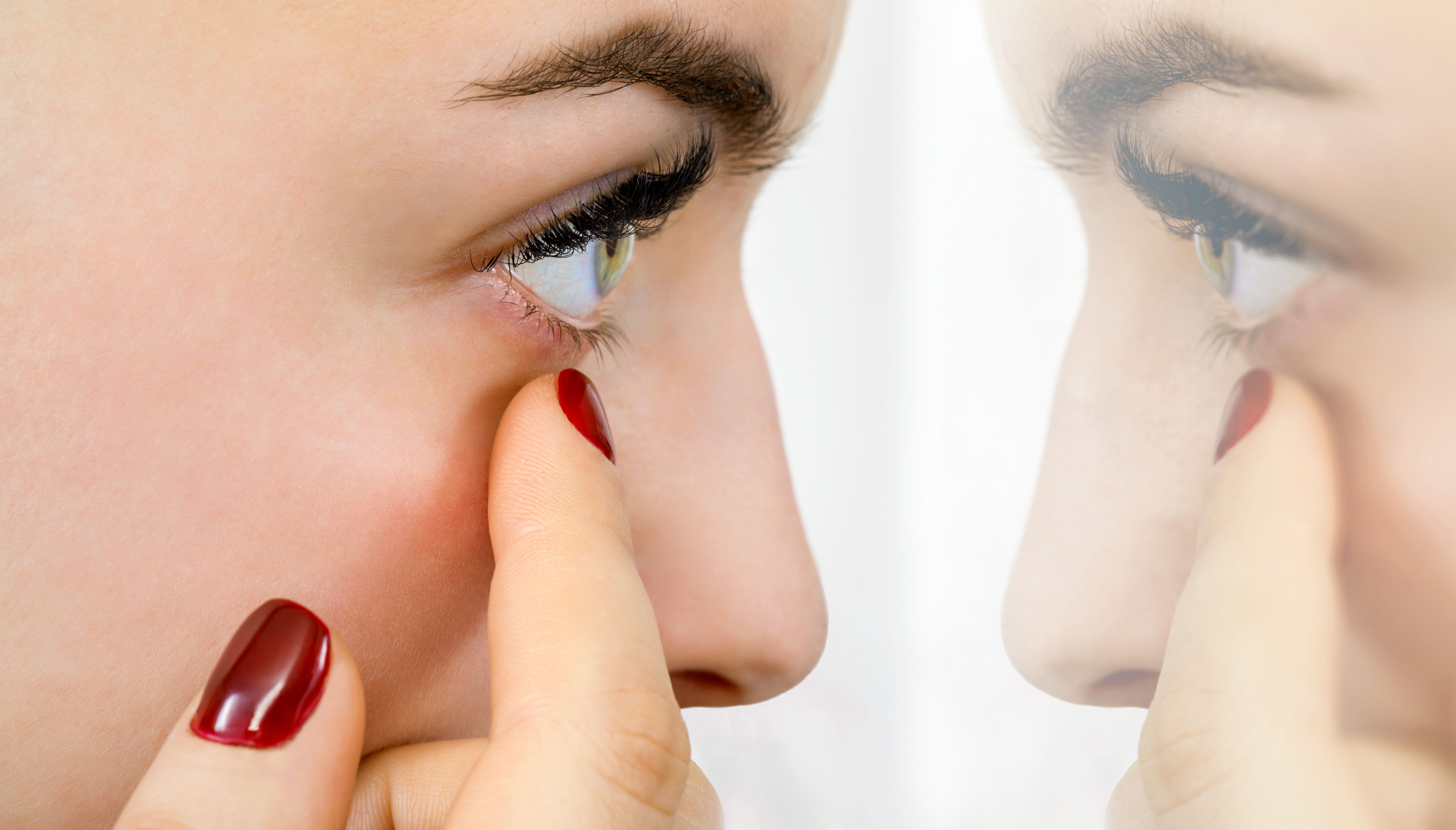Effect of COVID-19 on vision correction habits
In a presentation at the American Academy of Optometry 2021 annual meeting, Erin Rueff, OD, PhD, and Elaine Chen, OD, detailed how habits surrounding spectacle use and contact lens wear changed during the COVID-19 pandemic among faculty, staff and the student population of the Marshall B. Ketchum University.

Reviewed by Erin Rueff, OD, PhD, FAAO, and Elaine Chen, OD, FAAO, FSLS
The habits surrounding spectacle use and contact lens wear changed during the COVID-19 pandemic among faculty, staff and the student population of the Marshall B. Ketchum University, according to a presentation made at the American Academy of Optometry 2021 annual meeting by Erin Rueff, OD, PhD, and Elaine Chen, OD, both from the Southern California College of Optometry in Fullerton, California.
With the increases in screen time during the pandemic, the use of spectacles increased overall and the use of contact lens decreased in association with concomitant lifestyle changes.
Rueff and Chen identified these shifts in vision correction as the result of a survey that they distributed by email to the faculty, staff and students at the university in January 2021. The survey asked specifically how the respondents’ vision correction habits change after the onset of the pandemic in March 2020.
Survey results
A total of 133 individuals (78.2% female; mean age, 33.6 years) responded to the survey. At the time of the distribution of the survey, 58.6% reported wearing contact lenses regularly.
After the onset of the pandemic, mean increase in the amount of digital screen time was almost 3 hours compared with before the pandemic onset. This difference reached significance (p < 0.0001).
When the data were evaluated by the type of vision correction, Rueff and Chen reported that spectacle wear time increased in hours per day (1.1 ± 4.0, p = 0.001) and days/week (0.3 ± 2.0, p = 0.04). These increases were associated with the increase screen time and reached significance (p = 0.04 and p = 0.002, respectively). Age, gender, and refractive error were not associated with the changes in spectacle use.
Contact lens wearers reported a significant decrease in lens wear for days/week (-1.0 ± 2.5, p < 0.001) but not in hours/day of contact lens wear (-1.0 ± 4.5, p = 0.07). This reduction in days/week was associated with increased screen time (p = 0.004). As for spectacle wear, no association was seen between age, gender, or refractive error.
According to the investigators, increased reported screen time was associated with an increase in overall spectacle use and a decrease in days/week of contact lens wear.
“After March 2020, contact lens wearers wore their lenses approximately 1 day less than before,” they concluded. “The number of daily hours of contact lens wear, however, did not change. Overall, lifestyle changes associated with the COVID-19 pandemic resulted in more daily spectacle wear and less daily contact lens wear.”
Erin Rueff, OD, PhD
This article is adapted from Rueff and Chen’s presentation at the American Academy of Optometry 2021 annual meeting in Boston. The authors have no financial interest in this subject matter.
Newsletter
Want more insights like this? Subscribe to Optometry Times and get clinical pearls and practice tips delivered straight to your inbox.